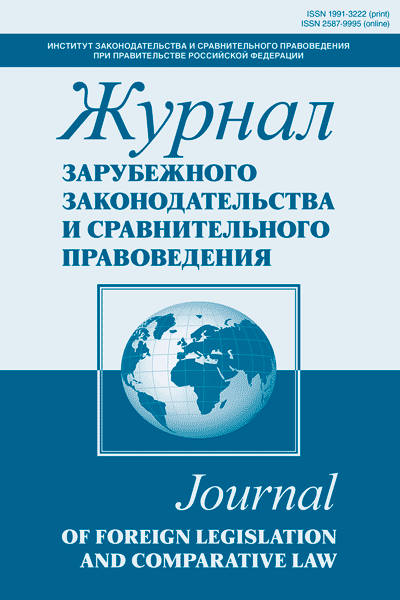Among the instruments of pension system regulation (record of service, earnings, contributions, privileges), the legislatively regulated parameter “retirement age” occupies a special place. Now we observe the process of “aging of the population” because of the general increase in life expectancy on the one hand, and the growth of the total number of pensioners, on the other. At the same time, the tendency of increase in expenses on financing the state pension obligations remains. However, even on the basis of the specified facts identification of aging of the population with the budgetary crisis and the establishing of a rigid connection between the pension budget expenses and the growth of the number of pensioners and the general aging of the population looks more or less convincing only at first sight. The scientifically-based solution of the retirement age problem lies not in the course of receiving a tactical — economic — result (saving of budget expenses), but in achieving of strategic objectives of the insurance pension reform: providing of the constitutional guarantees on adequacy of the pension rights of the insured persons and the state pension obligations.
insured persons, insurance pension, pension rights, state pension obligations, pension reform, demographic crisis, budgetary crisis, the budget of PFR.
1. Hinz R., Rudolph H.-P., Antolín P., Yermo J. Evaluating the Financial Performance of Pension Funds. The World Bank, 2010.
2. Mitchell O. S., Turner J. A. Labor Market Uncertainty and Pension System Performance. Insurance and Risk Management Working Paper. The Wharton School, University of Pennsylvania. September 2009.
3. Pension Schemes and Projection Models in EU-25 Member States. European Economy. November 2007. No. 35.
4. Scholz W., Cichon M., Hagemejer K. Social Budgeting. Quantitative Methods in Social Protection Series International Labour Office / International Social Security Association. Geneva, 2000.
5. The 2009 Ageing Report: Economic and Budgetary Projections for the EU-27 Member States (2008-2060). European Economy. 2009. No. 2.
6. 2014-2015 gody: ekonomicheskiy krizis - sotsial´noe izmerenie / pod red. T. M. Malevoy. M., 2016.
7. Vishnevskiy A., Vasin S., Ramonov A. Vozrast vykhoda na pensiyu i prodolzhitel´nost´ zhizni. Voprosy ekonomiki. 2012. № 9.
8. Goryunov E., Kotlikoff L., Sinel´nikov-Murylev S. Teoreticheskie osnovy byudzhetnogo razryva kak pokazatelya dolgosrochnoy fiskal´noy ustoychivosti i ego otsenka dlya Rossii. M., 2015.
9. Kudrin A. L., Gurvich E. T. Starenie naseleniya i ugroza byudzhetnogo krizisa. Voprosy ekonomiki. 2012. № 3.
10. Polbin A. V., Drobyshevskiy S. M. Postroenie dinamicheskoy stokhasticheskoy modeli obshchego ravnovesiya dlya rossiyskoy ekonomiki. M., 2014.
11. Solov´ev A. K., Dontsova S. A., Popov V. Yu. i dr. Aktuarnoe otsenivanie v obyazatel´nom pensionnom strakhovanii: problemy optimizatsii. M., 2015.
12. Solov´ev A. K. Makroanaliz pensionnoy sistemy Rossii. Voprosy ekonomiki. 2013. № 4.
13. Solov´ev A. K. Pensionnaya reforma: illyuzii i real´nost´: ucheb. posobie. M., 2015.
14. Sotsial´naya politika: dolgosrochnye tendentsii i izmeneniya poslednikh let. M., 2015.
15. Strategiya - 2020: novaya model´ rosta - novaya sotsial´naya politika. Itogovyy doklad. Kn. 1. M., 2013.





